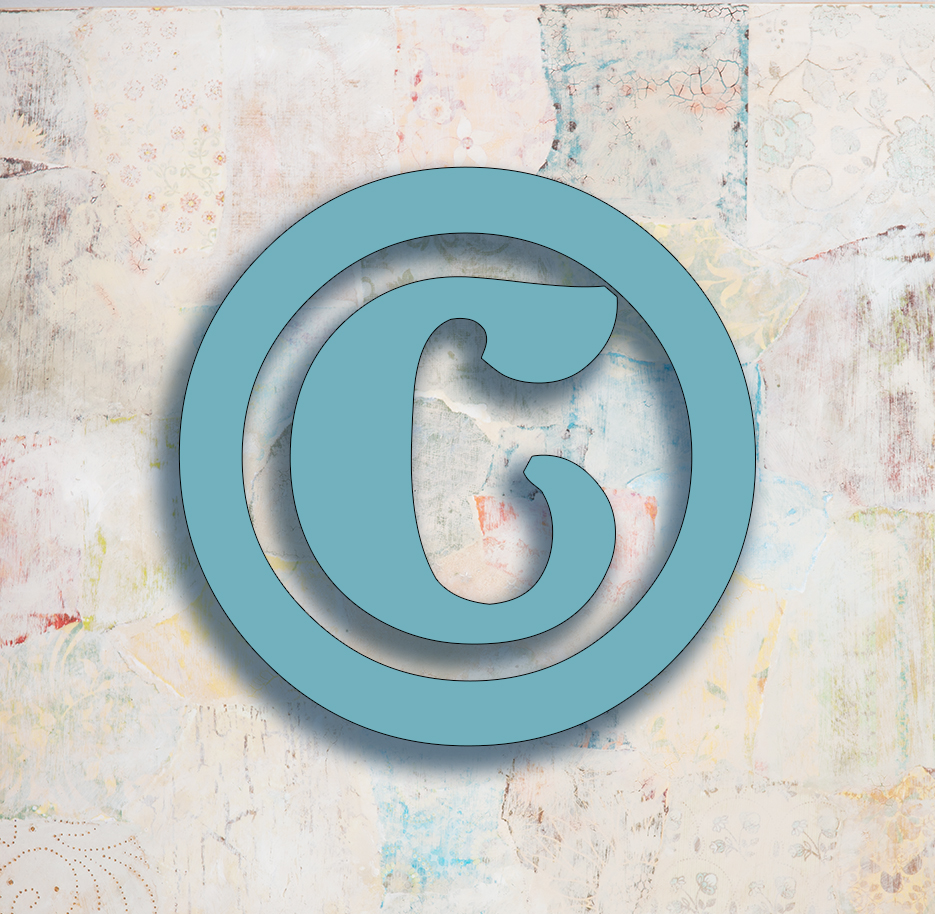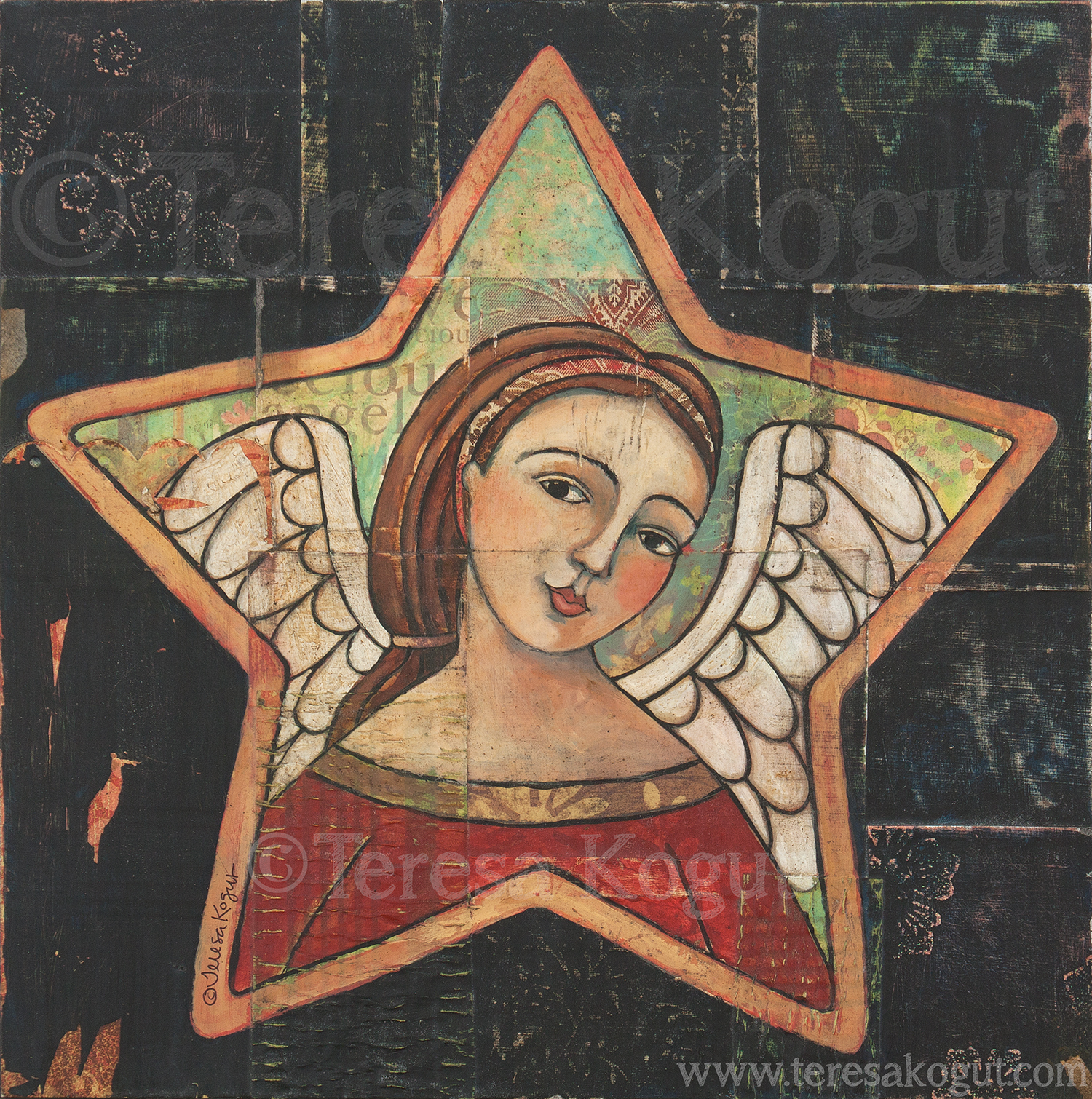
Why is it Important to Register My Art for Copyright Protection?
The answer is simple. So another person won’t use your art for monetary gain or take credit for your talent, creativity and hard work. With so much art marketing and sales being done online today, it’s more important than ever to protect your work from being copied by others.
What is a Copyright?
- A copyright is an exclusive right granted to the copyright holder (you, the artist) regulating the use of an expression of an idea or other information. The most important thing to know about copyrights is that it regulates and protects only the form in which the idea or information is in, not the actual idea or information itself.
- For example, the copyright that is held to protect the Daffy Duck cartoon prohibits unauthorized parties from distributing copies of the Daffy Duck cartoon or creating works which copy or very closely resemble the cartoon in any way. It does not, however, prohibit anyone from drawing or creating works that include cartoon ducks in general, so long as they are adequately different and not considered imitative of the original work.
- Copyrights can protect a wide range of forms, including poems, plays, books, literary works, web copy, movies, dances, ballets, musical compositions, audio recordings, sculptures, paintings, drawings, photographs, software, radio and television broadcasts and other forms. Registering your works with the U.S. Copyright Office is basically like a copyright protection insurance policy. Most people don’t know that basic copyright protection automatically arises when the author first creates the work and fixes it in a tangible form, without having to do anything or registering a copyright.
So Why Register for Copyright if my Work is Already Protected?
- Basic copyright protection may arise automatically when the author first creates the work, but there are many protections and insurance benefits that are not allotted without holding a registered copyright. Registering a copyright establishes a public record of your copyright and ensures that everyone is aware that you have claimed copyright protection for your work. Also, if you hold a copyright for your work, you have the ability to sue any entity or individual who infringes upon your copyright and distributes and/or copies your work and stop the infringement from happening.
How do I protect my art?
- The first thing you do is sign your work. Signing your art is an integral part of the creative process. The instant you apply your name to a piece of your art, you declare that art officially finished and ready for public exposure. No matter what your signature looks like, what form it takes or where you put it, no work of your art is complete without one.
- Put the date created on the back of your art as well
- If you’re like me, you are excited about your creation and want to share it with others on your blog, Pinterest, Facebook and other platforms. If you do this, you need to put a ©(your name) watermark over the image in a place that isn’t easily removed by photoshop or any other program. Here is an example of what I do to my art when I post it online (doesn’t hurt to add your blog address at the bottom for some free advertising 😉

- File for copyright registration within three months. Once you sign your work, it is protected to a degree but not if you need to take legal action against an infringer.
What to do if I find my art has been infringed upon?
- The first thing to do is send a cease and desist letter. In the letter, state that you are the rightful owner of the art and you hold the certificate of copyright registration. Include a hard copy of the art that has been infringed upon. Keep track of all correspondence. If the person continues to use your art, you can take legal action.
- Read this article "Art Copyright Infringement and Your Creative Health" at Artbusiness.com
- Taking legal action can be expensive but if you have the art registered, you have documentation that you have asked the infringer to cease and desist and they are making money with YOUR art, then you have the right to sue.
How do I register my art for copyright protection?
- Go to www.copyright.gov to file with the US Copyright Office
- Download the US Copyright Office’s pdf guide which will walk you through the process step by step
- If you get stuck, need to know how to organize your art before filing, or not sure what title to file your art under, get my Ebook here for only $5.99
I have had my art infringed upon a few times over the years. I have never went to court over it. Usually a cease and desist letter will do the trick as most people don’t want to be sued. You have to decide if it is worth suing someone over. If they are making a lot of money using your art and they won’t cease and desist, then, yes, it would be worth taking them to court. But what I have found in most cases, it’s just annoying that someone is taking credit for your creativity and they didn’t necessarily make any money from it.
My philosophy is this……keep moving forward. Leave them in the dust. Don’t let an infringer get you down and occupy your thoughts…it will crush your creative spirit. It is disheartening when you find your art infringed upon (and the initial shock leaves a pit in your stomach) but don’t dwell on it. I don’t mean to sound flippant but like I stated earlier, in most cases the infringer will cease and desist. God gave us a talent to share with the world so don’t become so nervous about the possibility of having your art infringed upon that you quit sharing your art. What is the point of creating art if nobody sees it?
The important message is to have COPYRIGHT REGISTRATION for all your art. It is like an insurance policy. Also take precautions when putting your art on the internet as stated above.

Have you ever had your art infringed upon? Do you know anyone who has? Share your stories of how they handled their situation.



{ 0 comments… add one now }